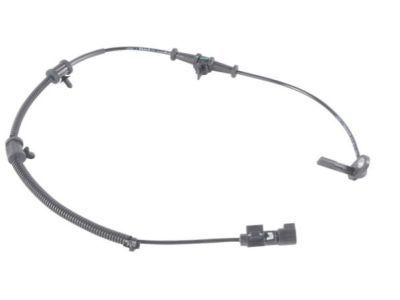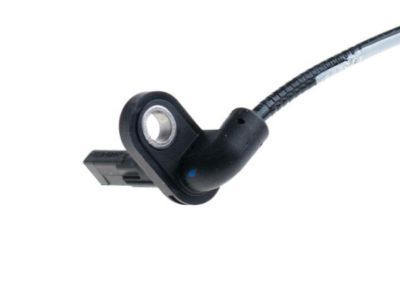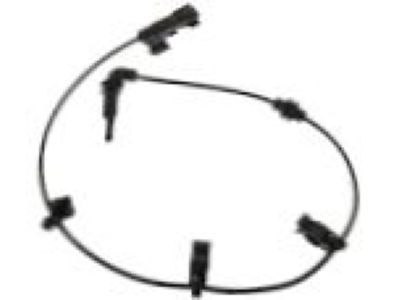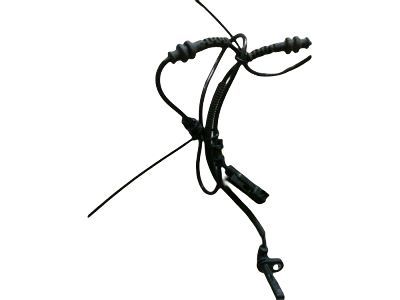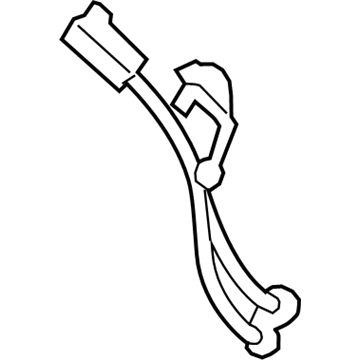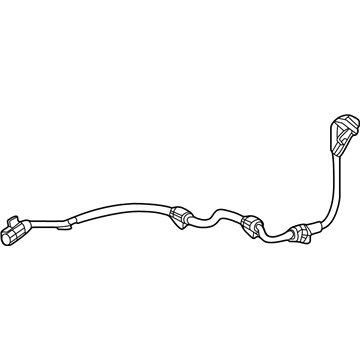
My Garage
My Account
Cart
Genuine Chevrolet Cruze ABS Sensor
ABS Wheel Speed Sensor- Select Vehicle by Model
- Select Vehicle by VIN
Select Vehicle by Model
orMake
Model
Year
Select Vehicle by VIN
For the most accurate results, select vehicle by your VIN (Vehicle Identification Number).
5 ABS Sensors found
Chevrolet Cruze Sensor Assembly, Front Wheel Speed
Part Number: 13470639$34.07 MSRP: $64.30You Save: $30.23 (48%)Ships in 1-2 Business DaysChevrolet Cruze Sensor Assembly, Rear Wheel Speed
Part Number: 13470643$24.94 MSRP: $47.09You Save: $22.15 (48%)Ships in 1-2 Business DaysChevrolet Cruze Sensor Assembly, Front Wheel Speed
Part Number: 39002171$9.79 MSRP: $17.80You Save: $8.01 (45%)Chevrolet Cruze SENSOR ASM-RR WHL SPD
Part Number: 42812215$10.31 MSRP: $18.73You Save: $8.42 (45%)Ships in 1-2 Business DaysChevrolet Cruze Sensor Assembly, Front Whl Spd
Part Number: 42686717$18.43 MSRP: $34.77You Save: $16.34 (47%)Ships in 1-2 Business Days
Chevrolet Cruze ABS Sensor
The ABS Sensor in Chevrolet Cruze is the part of anti-lock braking system (ABS) that aimed to define the rate of wheel revolution and passes it to the vehicle computer. This information enables the ABS to get active under certain circumstances such as when there is a sliding or skidding of the wheels thus preventing the wheels from locking while making safe and secure stops. The Chevrolet Cruze uses wheel speed sensors where the font wheel speed sensor utilizes a magnet and Hall effect sensor or a toothed wheel also with an electromagnetic coil that creates voltage signal. However it should be noted that the ABS Sensor, as crucial as it is to proper braking, has some drawbacks, especially when operating at low speeds as the strength of a magnetic field is reduced, and therefore so is fluctuations. However, the Chevrolet Cruze's ABS Sensor continue to play a critical role in ensuring that the car's braking systems remains efficient enough under several driving conditions and thus improving safety.
Each OEM Chevrolet Cruze ABS Sensor we offer is competitively priced and comes with the assurance of the manufacturer's warranty for the part. Furthermore, we guarantee the speedy delivery of your orders right to your doorstep. Our hassle-free return policy is also in place for your peace of mind.
Chevrolet Cruze ABS Sensor Parts Questions & Experts Answers
- Q: What is the purpose and function of the anti-lock brake system, and How to diagnose and replace a ABS Sensor on Chevrolet Cruze?A:The anti-lock brake system aims at keeping the vehicle steerable, on the intended path and achieves the best level of deceleration by checking the wheel rotational speed and regulating the brake pressure in order not to lock the wheels. It consists of three main components: wheel speed sensors, electronic control unit, hydraulic unit-all in one housing. Every of the four wheels has a speed sensor, which transmits to the control unit a variable voltage signal, and depending on whether the wheel is about to lock up, the hydraulic unit will vary the brake pressure through solenoid valves by an electric signal. In the event of a problem, an 'ABS' light turns on the instrument panel, and checking the ABS wiring harness around each wheel area will reveal signs of rubbing or harm. Several things that are tested when diagnosing a dashboard warning light include the brake fluid, security of the wiring connection, the fuses, and the wiring harnesses. If these detections do not solve the problem, then it requires expert detection and rectification by a skilled technician. For wheel speed sensor replacement, switch of the ignition and loosen the lug nuts of the wheel and raise the car until it is stabilized and the wheel is taken off. To remove the sensor, the wiring harness should be taken off the brackets, the electrical connection also to be disconnected and the mounting bolt should also be unscrewed. Installation is done in the reverse sequence making sure that the sensor and the lug nuts are tight before lowering the vehicle.
